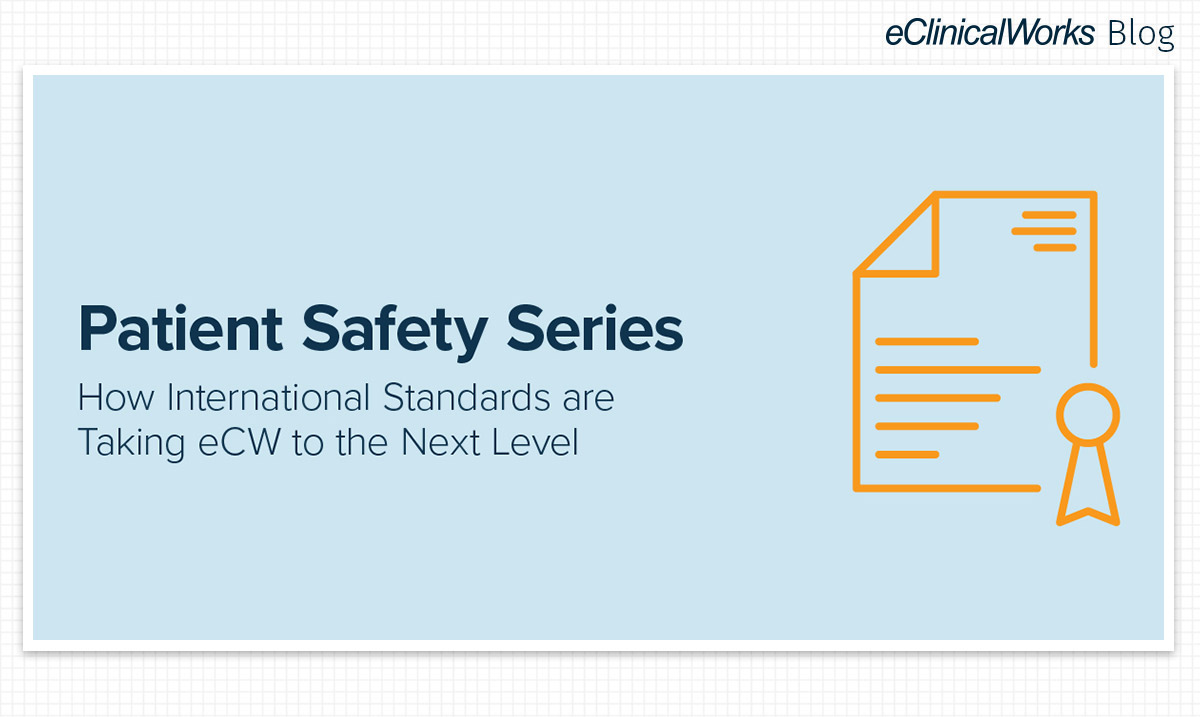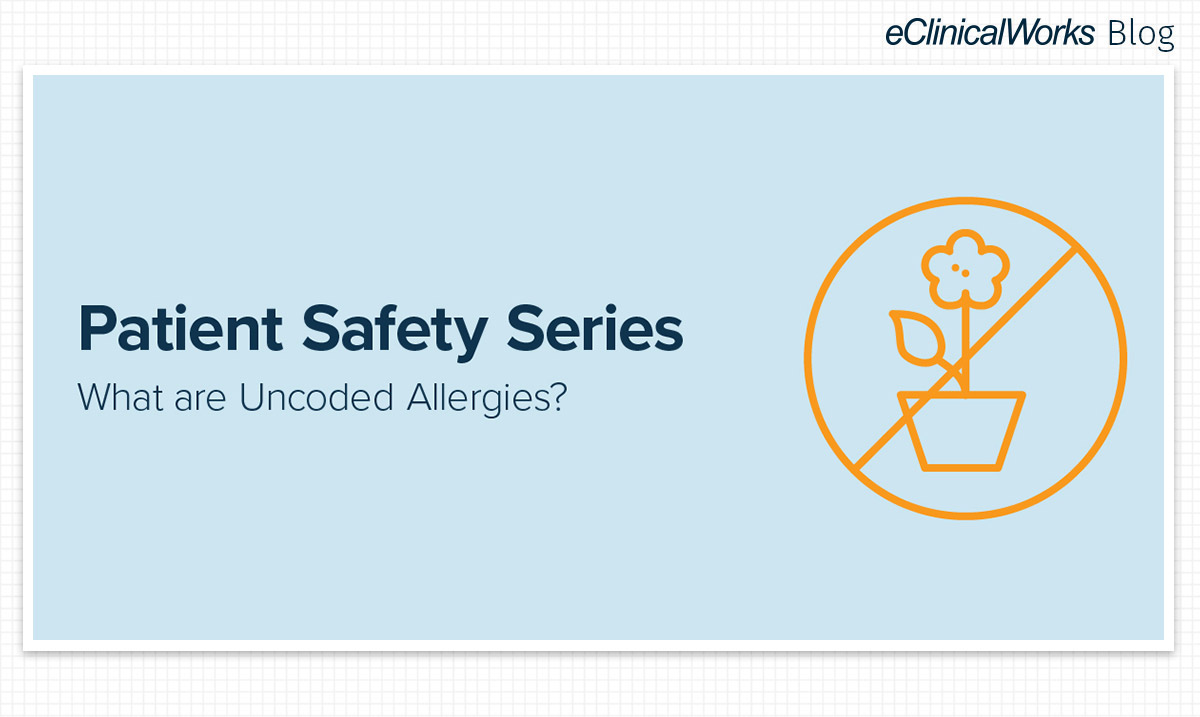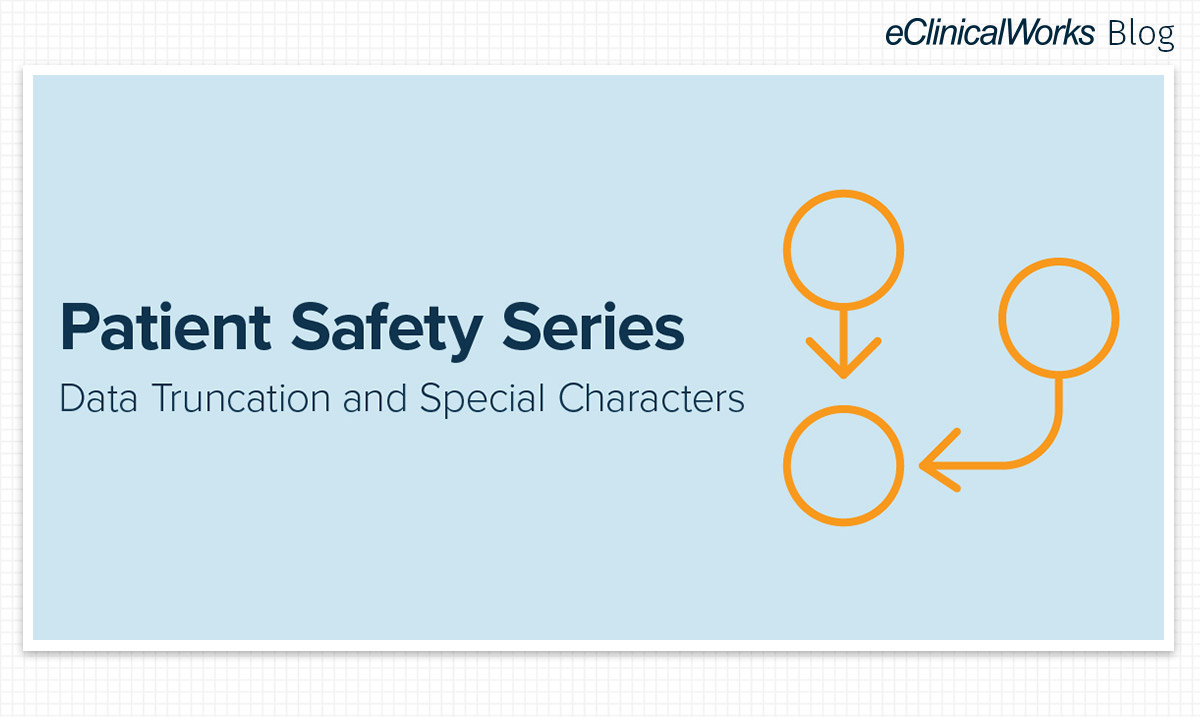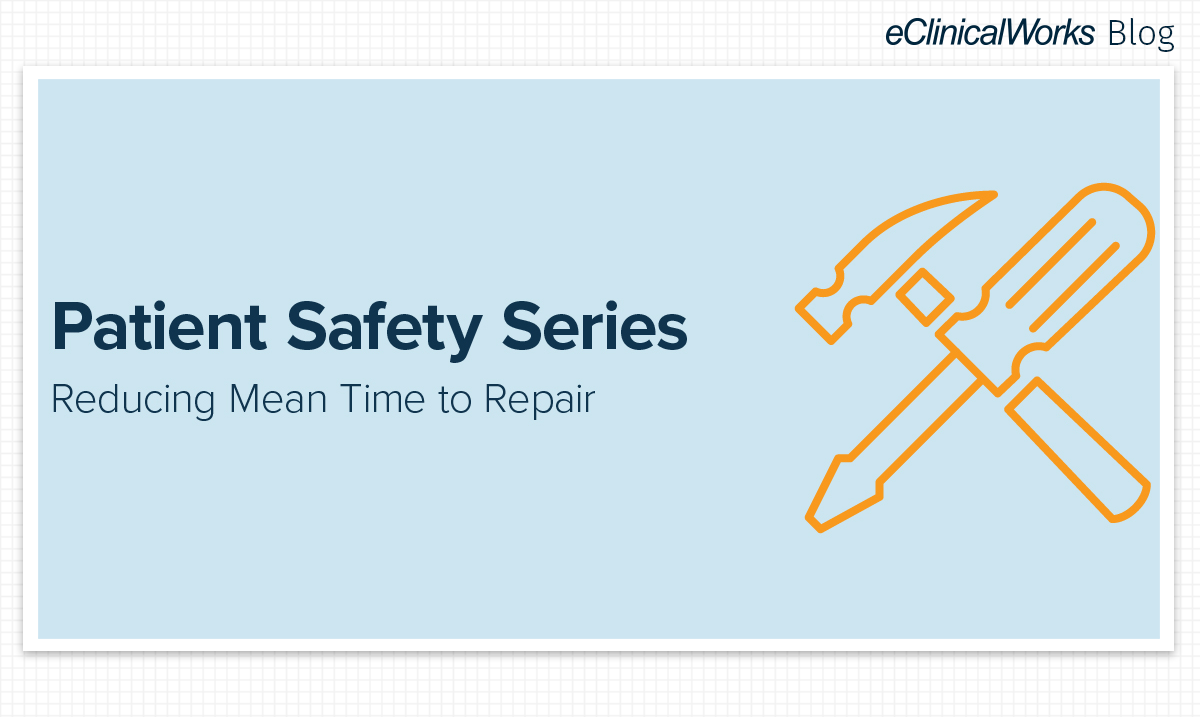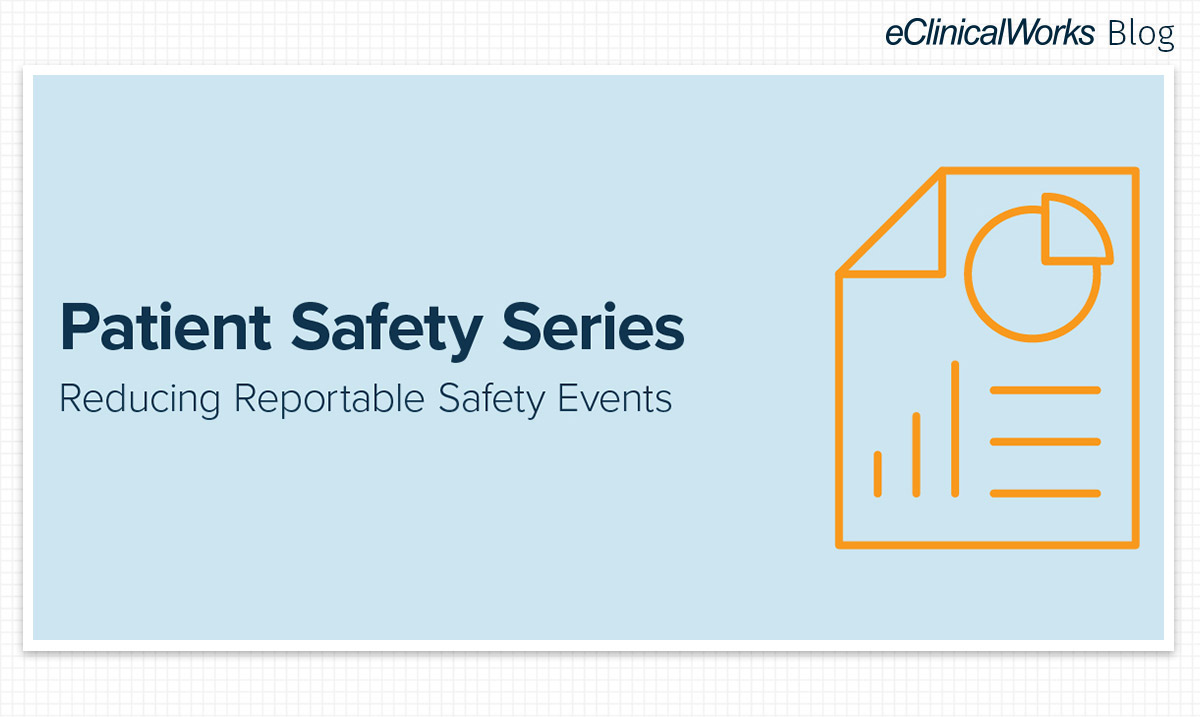This is the third of five blogs in a series where we will focus on how eClinicalWorks® continues to lead the healthcare IT industry in patient safety.
Sometimes, you may have a lot to say online and there just isn’t enough room to say it. Worse yet, you may not even realize that there isn’t enough space and that half the things you had been writing out were not being communicated to other users or readers.
As irritating as this might be for a spreadsheet documenting how many bass you may have caught on a fishing trip, being unaware of certain character and symbol limitations regarding a patient visit in an Electronic Health Record (EHR) could lead to a potential patient safety issue.
All EHRs face data-entry limits, but an awareness of these limitations is what is critical to success. One missing symbol or an invisible line of text can be merely annoying in many contexts; in healthcare, it can have a serious impact on someone’s health.

